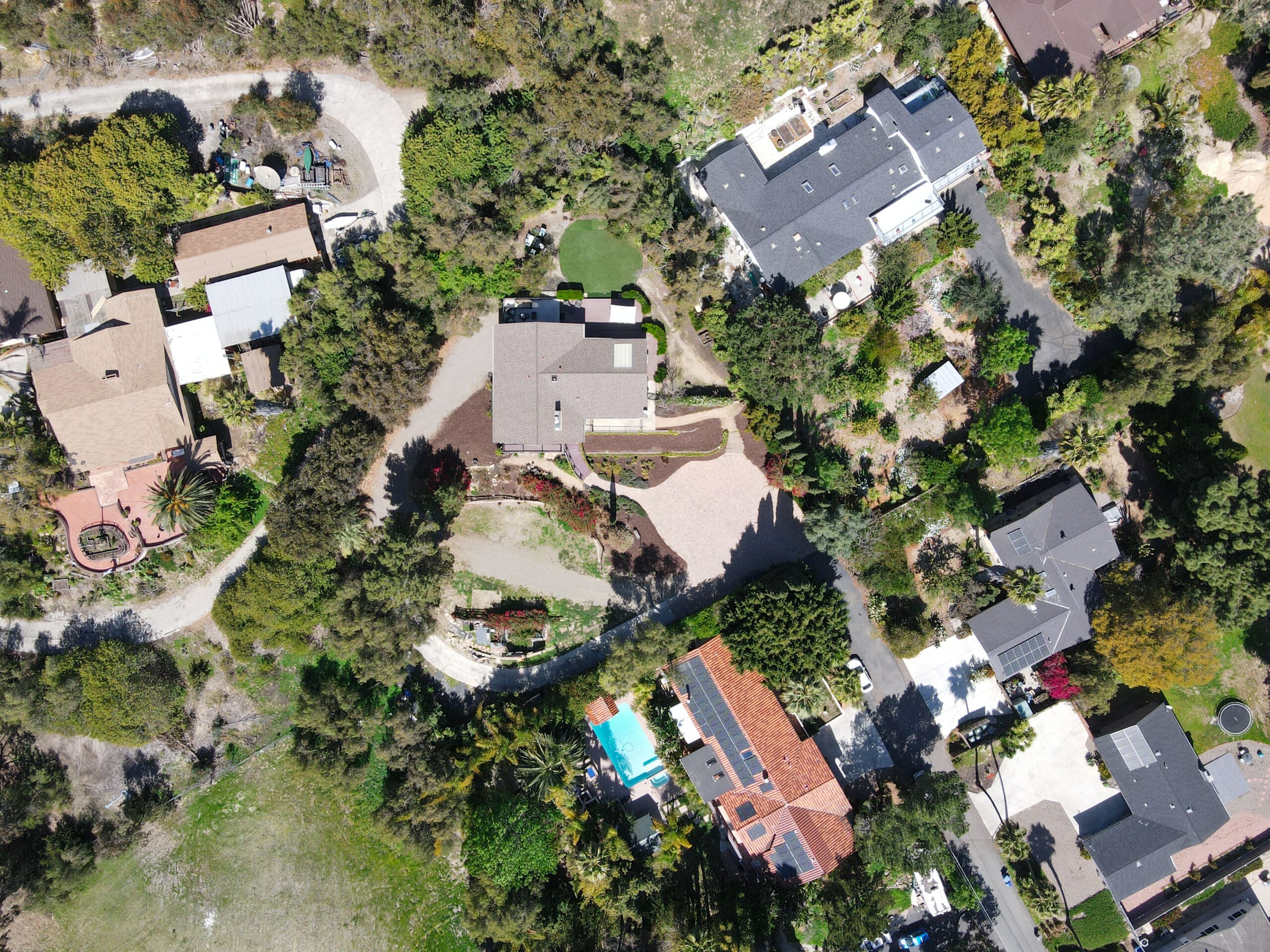Estimated reading time: 11 minutes
Imagine you got caught in a scrum of paparazzi and an agitated celebrity at LAX last month. Then, the difference between a bodyguard vs. executive protection agent became crystal clear to me.
On one side, there’s your classic bodyguard—bulky suit, earpiece, eyes scanning for trouble. They’re like firefighters; they jump into action when danger flares up. But walk through the terminal doors, and you’ll spot them—the executive protection professionals or agents.
They blend in so well it’s almost as if they’re part of the VIP entourage themselves—a silent nod here, a discreet gesture there—and everything runs smoothly without anyone being wiser about their proper role.
You might think it’s just semantics or fancy titles, but trust us—it goes way deeper than that.
Table Of Contents:
- Clarifying Roles: Bodyguard and Executive Protection Agent Defined
- Training and Background Essentials for Protection Experts
- Communication and Customer Service in Executive Protection
- The Proactive Strategy of Risk Assessment and Mitigation
- Technology’s Role in Modern Protective Services
- Physical Skills Versus Strategic Planning
- Hiring Considerations for Personal Security Services
- FAQs in Relation to Bodyguard Vs. Executive Protection Agent
- Conclusion
Clarifying Roles: Bodyguard and Executive Protection Agent Defined
Picture a bodyguard; maybe you see a towering figure ready to jump in front of trouble. Now, think executive protection agent – what’s different? Well, quite a bit. A bodyguard is your go-to muscle when brute force might be the answer; they’re reactive powerhouses stepping up when things get physical.
In contrast, an executive protection agent operates like a chess master playing several moves ahead. These pros stand out not just for their sharp suits but also for their sharper minds. They’ve turned avoiding danger into art by mastering protective intelligence and strategic planning skills that most untrained bodyguards would envy.
But let’s not sell anyone short here; both roles are vital in keeping clients safe from harm or those pesky paparazzi pushing through crowds at every turn. The critical difference lies in how they approach risk—bodyguards use deterrence as their primary tool, while executive protection agents focus on pre-planning. It’s like comparing someone who patches leaks to another who ensures the boat doesn’t even hit rough waters.
The fact is simple, though – some situations call for that close protection only a personal security presence can provide. Other times, especially with high-stakes corporate games or business executives traveling to dangerous places, you need that broad skill set, which includes evasive driving and knowing how social media can reveal your location faster than an “I’m here.” shoutout could ever do.
If we talk numbers – many people think brawn beats brains any day until they learn about the lack of crisis management skills among typical bodyguards compared to our exec protectors, whose backgrounds often stem from military or law enforcement experiences—now there’s food for thought.
Training and Background Essentials for Protection Experts
Imagine the meticulousness of a Swiss watchmaker combined with the strategic mindset of a chess grandmaster. That’s what you get in the skill set of an executive protection professional. With most having cut their teeth in military or law enforcement roles, these professionals are not your average hired muscle.
Their professional training often includes martial arts, yes, but also advanced driving techniques to maneuver out of sticky situations faster than you can say “evasive driving.” It’s like comparing a well-oiled machine to just oil; both necessary but one significantly more complex. And let’s not forget about extensive experience that turns rookies into seasoned veterans capable of sniffing out danger like bloodhounds.
To be clear: this isn’t some weekend seminar gig. We’re talking rigorous protection training programs where candidates learn more than how to throw punches—they’re taught good judgment skills essential for assessing security needs on-the-fly and adapting as swiftly as changing winds.
Communication and Customer Service in Executive Protection
In the high-stakes world of executive protection, good communication skills are not just a nice-to-have; they’re essential. An executive protection agent is often the first line of defense for clients facing elevated personal risk. This means they need to listen closely, speak clearly, and coordinate seamlessly with their team to ensure client safety.
Customer service experience comes into play more than you might think. Imagine a situation where an agent needs to smoothly navigate social dynamics at a high-profile event or calm an anxious VIP during a threat. It’s about providing comfort as much as it is about being vigilant against physical harm. After all, keeping someone safe isn’t just about reacting when things go wrong—it’s also ensuring that every interaction adds value and reassurance.
The difference between hiring untrained bodyguards pushing through crowds versus professional executive protection agents skilled in evasive driving can be starkly seen in how each approaches potential dangers—a seasoned agent will have done advance work assessing security risks long before stepping out the door with their client.
A protective intelligence mindset integrates these soft skills within hard security measures like cybersecurity protocols because protecting one’s digital life has become just as important as safeguarding the physical self—especially when inappropriate behavior by adversaries could start online.
Learn why effective communication can make or break your safety plan here.
The Proactive Strategy of Risk Assessment and Mitigation
When it comes to executive protection, the aim is to forestall any difficulties before they have a chance to arise. It’s all about being proactive rather than reactive. That means doing homework—and lots of it—to sniff out potential threats with protective intelligence before they can cause harm.
Risk mitigation isn’t just a fancy term we throw around; it’s an art form that combines elements like threat management and predictive analysis into one smooth operation. Think Batman in his cave poring over Gotham’s latest shenanigans—that’s how detailed things get when protecting someone from physical harm or any other personal risk. And while bodyguards might jump into action at the first sign of trouble, executive protection agents are already ten steps ahead, using good judgment to avoid dangerous situations altogether.
But let me tell you something: this isn’t your average hide-and-seek game—it requires serious skills and brains. An agent needs to map out every possible scenario where things could go south faster than ice cream on a summer sidewalk—then plan for each accordingly. So instead of merely pushing through crowds like an untrained bouncer, these pros are busy behind-the-scenes conducting advance work, weaving their magic so seamlessly that risks don’t stand a chance against their strategic planning superpowers.
Technology’s Role in Modern Protective Services
When it comes to keeping clients safe, executive protection agents have a secret weapon: technology. The old-school image of burly guards with earpieces has evolved into tech-savvy pros using protective intelligence and cybersecurity measures to shield those under their watch.
Cybersecurity Measures for Client Safety
The cyber world can be as dangerous as any dark alley. Protection professionals know this all too well, which is why they’ve become experts at navigating the digital landscape. They’re on guard against cyberattacks that could compromise a client’s personal data—or worse—put them in physical harm’s way.
To do this effectively, executive protection specialists often come equipped with backgrounds in IT security and are adept at implementing advanced security measures. It’s not just about creating strong passwords; these agents perform comprehensive risk assessments to identify vulnerabilities before hackers even get a whiff of an opportunity.
We’re talking serious James Bond-level stuff here—but instead of cool gadgets like exploding pens, today’s tools include encrypted communication channels and surveillance systems smarter than your average bear… or hacker. Their skill set includes knowing when to deploy armored vehicles or use evasive driving techniques—not just for high-speed chases but also ensuring data doesn’t fall into the wrong hands due to geographical location exploits.
Gone are the days where “protection” simply meant physically pushing crowds away from celebrities. Now, it involves digging through layers of code and crafting digital fortresses around clients who face elevated personal risks both online and offline—a testament to how much our understanding of safety has changed thanks largely to technological advancements within the executive protection industry.
Physical Skills Versus Strategic Planning
When the chips are down, and danger looms, do you want a towering figure ready to jump into the fray? Or maybe someone who’s already mapped out an escape route before trouble even shows up? That’s where we see the split between bodyguards and executive protection agents. Bodyguards bank on physical presence—think of them as walking “Beware of Dog” signs meant to scare off any would-be threats. Their whole vibe screams deterrence; it’s about being seen.
In contrast, executive protection agents play chess while others play checkers. They’re all about good judgment, personal risk assessment, and making moves in advance—way in advance. It’s not just muscle with these folks; they’ve got a knack for sniffing out potential hazards like seasoned truffle pigs but instead of fungi, they’re hunting down safety breaches. With pre-planning at their core, these pros work discreetly behind-the-scenes so that clients can go about their day unaware of what could have gone wrong.
This strategic approach doesn’t just happen overnight though—it comes from honed skills mixed with experience often gleaned from law enforcement or military careers Attributes of a Professional Executive Protection Agent. So next time you consider your security options think beyond the brawn. Ask yourself: is my situation more suited for someone who knows how to handle pushing crowds or for one whose specialty lies in evasive driving away from them?
Hiring Considerations for Personal Security Services
Deciding whether to hire executive protection services or a more traditional bodyguard is like choosing between a Swiss Army knife and a sledgehammer. Choose the tool that best fits the complexity of your task, as both can be effective but require different levels of sophistication. If you’re facing elevated personal risk in today’s unpredictable world, assessing security needs isn’t just smart—it’s essential.
Executive protection agents are akin to chess players who think several moves ahead. They do advance work—scoping out locations and planning escape routes long before you arrive. This contrasts with bodyguards whose presence alone might deter threats; however, they may lack skills in strategic foresight and evasion techniques such as evasive driving employed by seasoned agents.
The best executive protection teams bring more than muscle; they have backgrounds in law enforcement or military service that give them an edge when it comes to protective intelligence. They understand how cyberthreats work too—they don’t just push through crowds; they also navigate digital minefields to keep your information safe.
To truly assess if someone fits the job description of providing executive protection services tailored for you, consider their ability not only to shield against physical harm but also their proficiency with technology—and yes, even social media scrutiny because discretion often means staying off an adversary’s radar altogether. Learn why confidentiality agreements matter when selecting private executive help.
FAQs in Relation to Bodyguard Vs. Executive Protection Agent
What is the difference between executive protection and bodyguard?
Executive protection involves a strategic, comprehensive approach to security; bodyguards often focus on visible physical defense.
What is the difference between a bodyguard and a close protection officer?
A close protection officer typically provides tailored security, including risk assessment; a bodyguard might just offer muscle at your side.
What is an executive protection agent?
An executive protection agent safeguards clients with advance planning, coordination, and threat analysis for optimal safety.
What is the difference between a personal protection officer and a bodyguard?
A personal protection officer delivers customized security strategies. A bodyguard’s role skews towards traditional guarding duties.
Conclusion
By now, the difference between a bodyguard and an executive protection agent should be clear. Each serves its purpose in personal security but operates distinctly.
Bodyguards react; they’re the visible shield against immediate threats. Executive protection agents are different—they strategize, plan ahead, and stay hidden in plain sight.
They both train hard but specialize differently: one for that moment of confrontation, the other for avoiding it altogether.
You’ve seen how soft skills matter just as much as physical prowess—communication can defuse tensions before they escalate into dangers.
If you need protection services, consider your specific situation to decide which is best suited for you. It’s not just about who stands by your side—it’s about who keeps danger at arm’s length without ever letting it close in.












